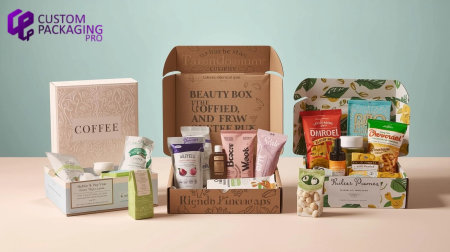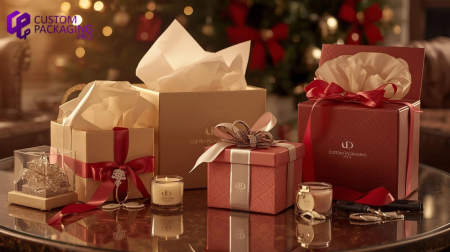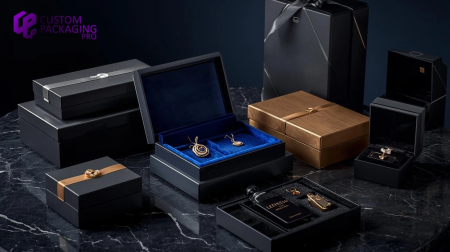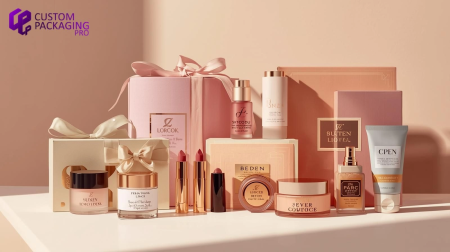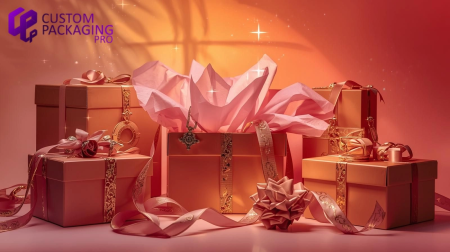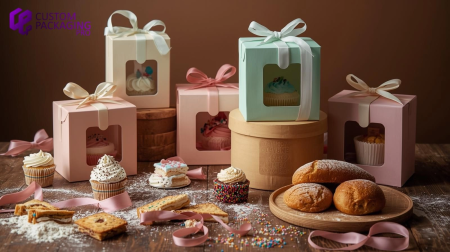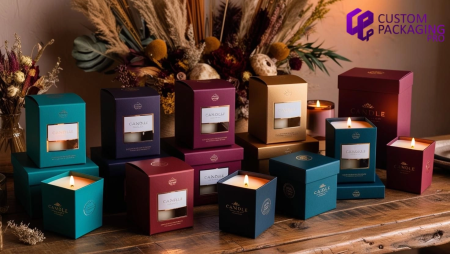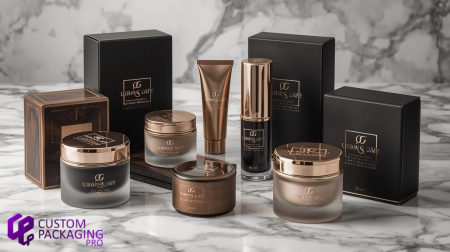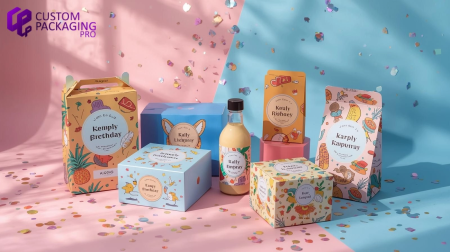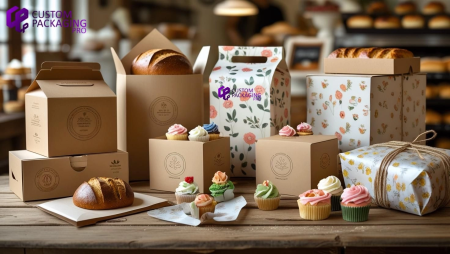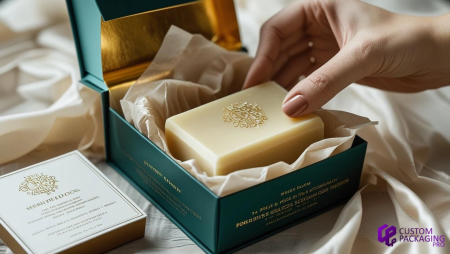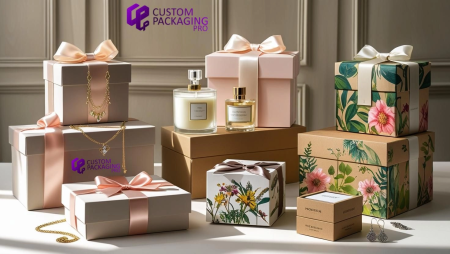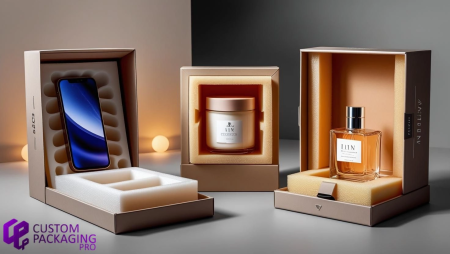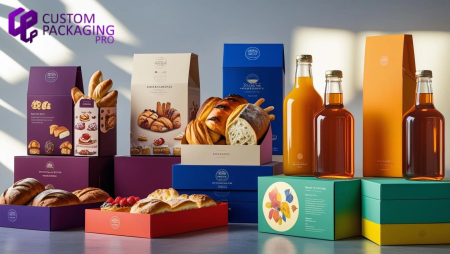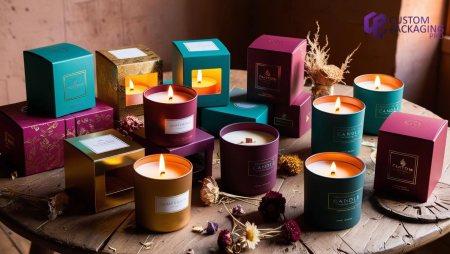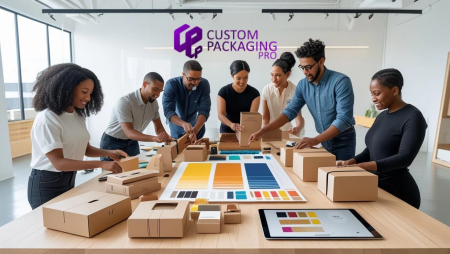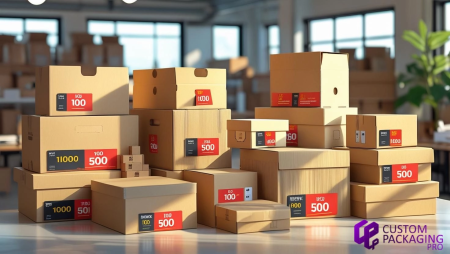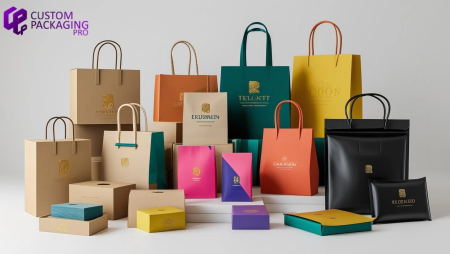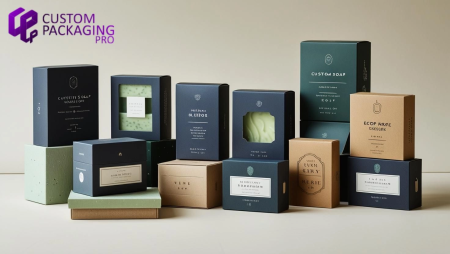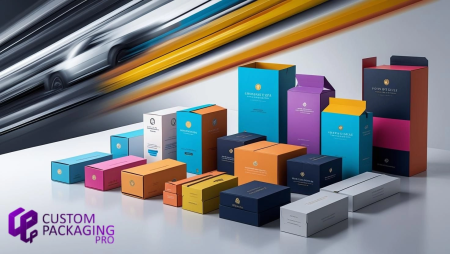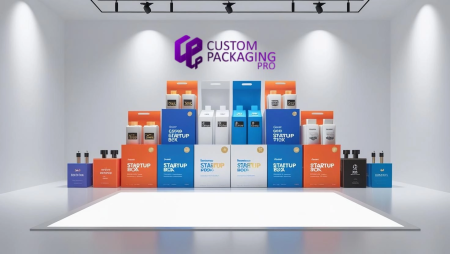- Primary Packaging
-
By Industry
- Acrylic Signs
- Mylar and Zipper Bags
- Cosmetic Boxes
- Custom Candle Packaging Boxes
- Food and Beverage
- Display Packaging
- Pharma Packaging
- Custom Blister Packaging
- Stand Up Displays
- Kraft Boxes
- Cereal Packaging Boxes
- Bakery Packaging Boxes
- Auto Parts Boxes
- Eco-Friendly Boxes
- Electronics Packaging Boxes
- Hardware Boxes
- Custom Vape Boxes & Packaging
- CBD Packaging Boxes
- Plastic PVC Boxes
- Rigid & Luxury Packaging Boxes
- Gift Boxes
- Custom Soap Boxes & Packaging
- Metalized Boxes
- Retail Boxes
- Subscription Boxes
- Invitation Boxes
- Corrugated Shipping Boxes
- Box Style
- Other Products
- Deals
- About
- Primary Packaging
-
By Industry
- Acrylic Signs
- Mylar and Zipper Bags
- Cosmetic Boxes
- Custom Candle Packaging Boxes
- Food and Beverage
- Display Packaging
- Pharma Packaging
- Custom Blister Packaging
- Stand Up Displays
- Kraft Boxes
- Cereal Packaging Boxes
- Bakery Packaging Boxes
- Auto Parts Boxes
- Eco-Friendly Boxes
- Electronics Packaging Boxes
- Hardware Boxes
- Custom Vape Boxes & Packaging
- CBD Packaging Boxes
- Plastic PVC Boxes
- Rigid & Luxury Packaging Boxes
- Gift Boxes
- Custom Soap Boxes & Packaging
- Metalized Boxes
- Retail Boxes
- Subscription Boxes
- Invitation Boxes
- Corrugated Shipping Boxes
- Box Style
- Other Products
- Deals
- About



